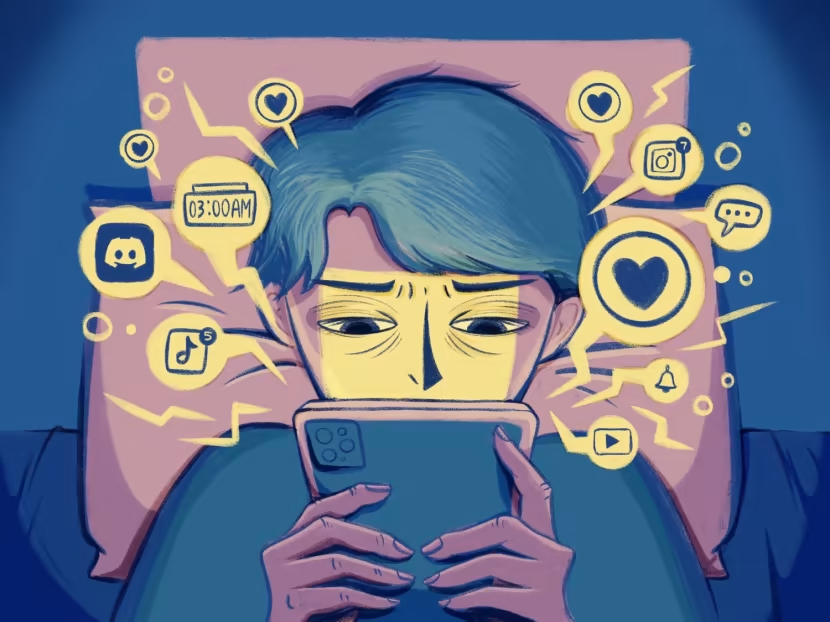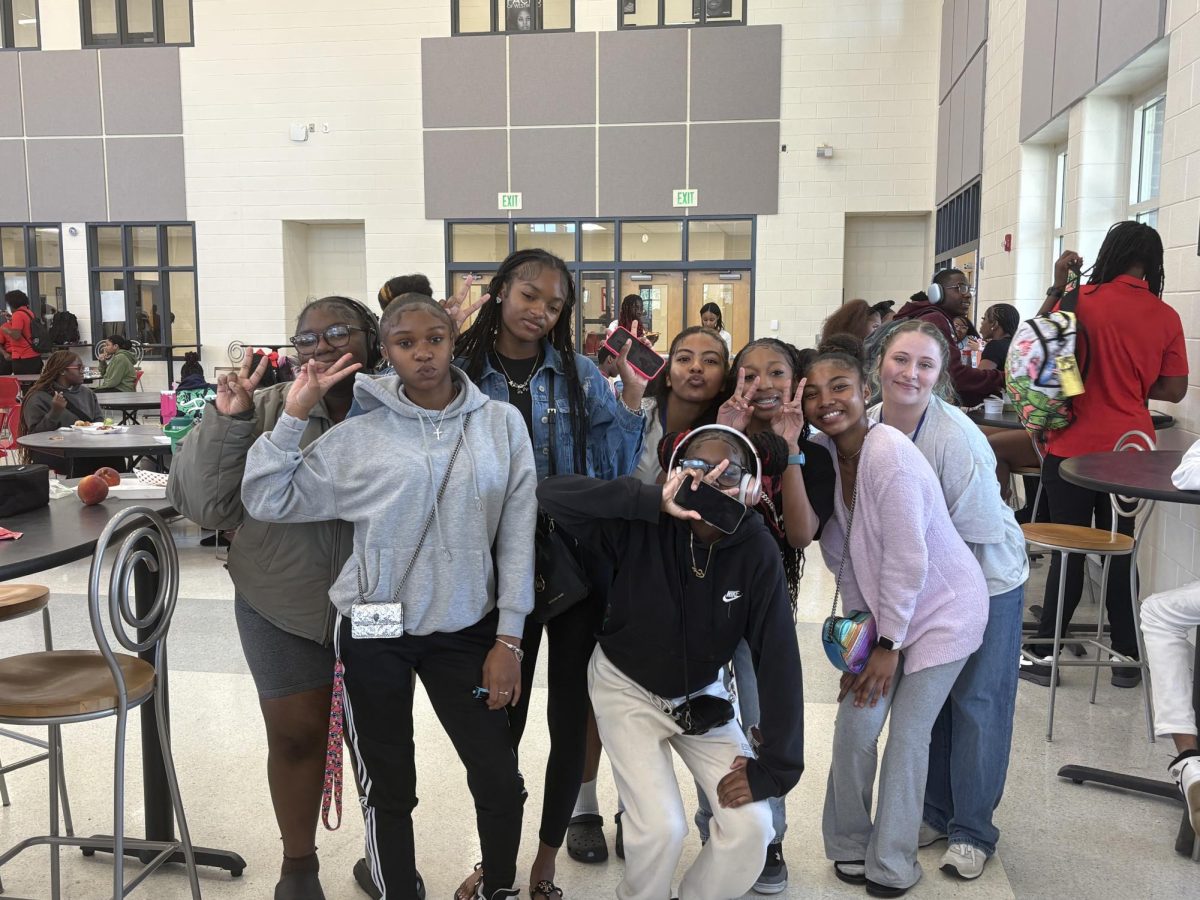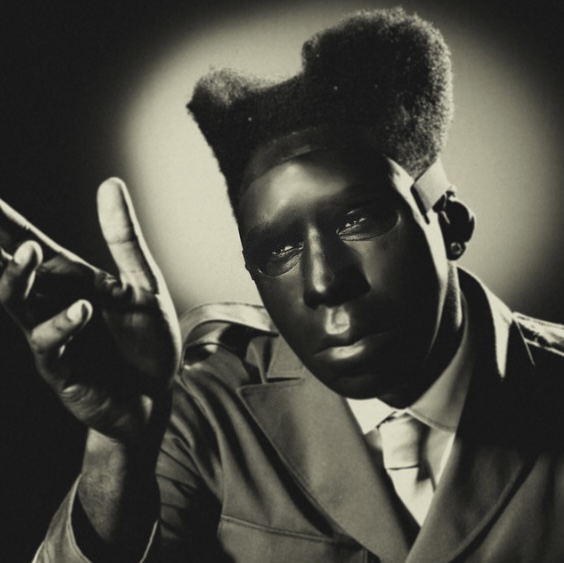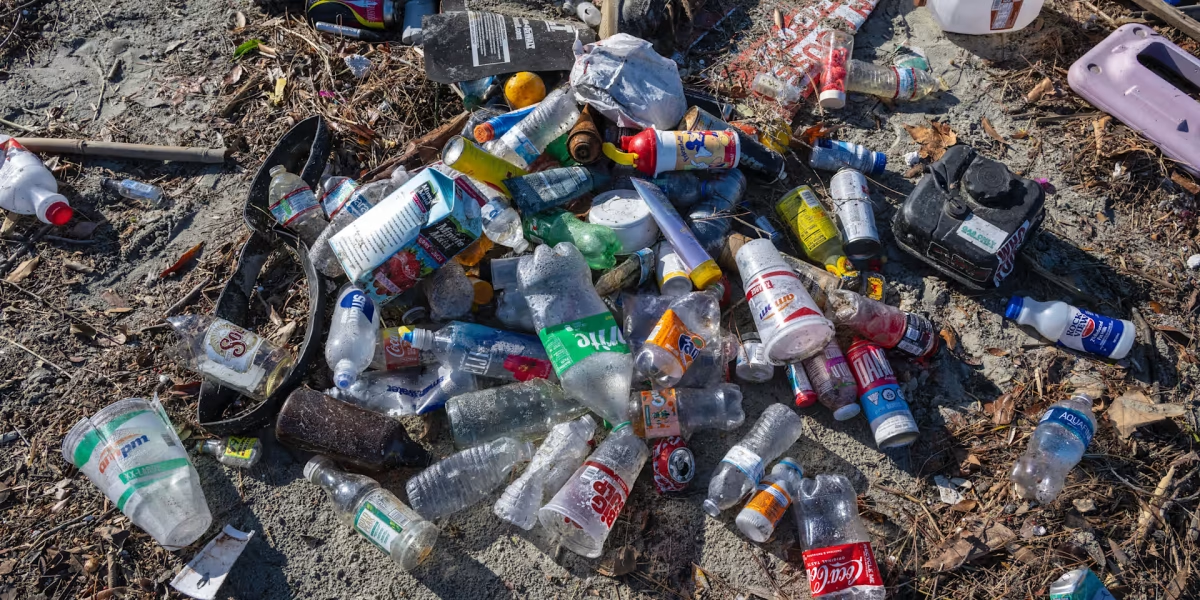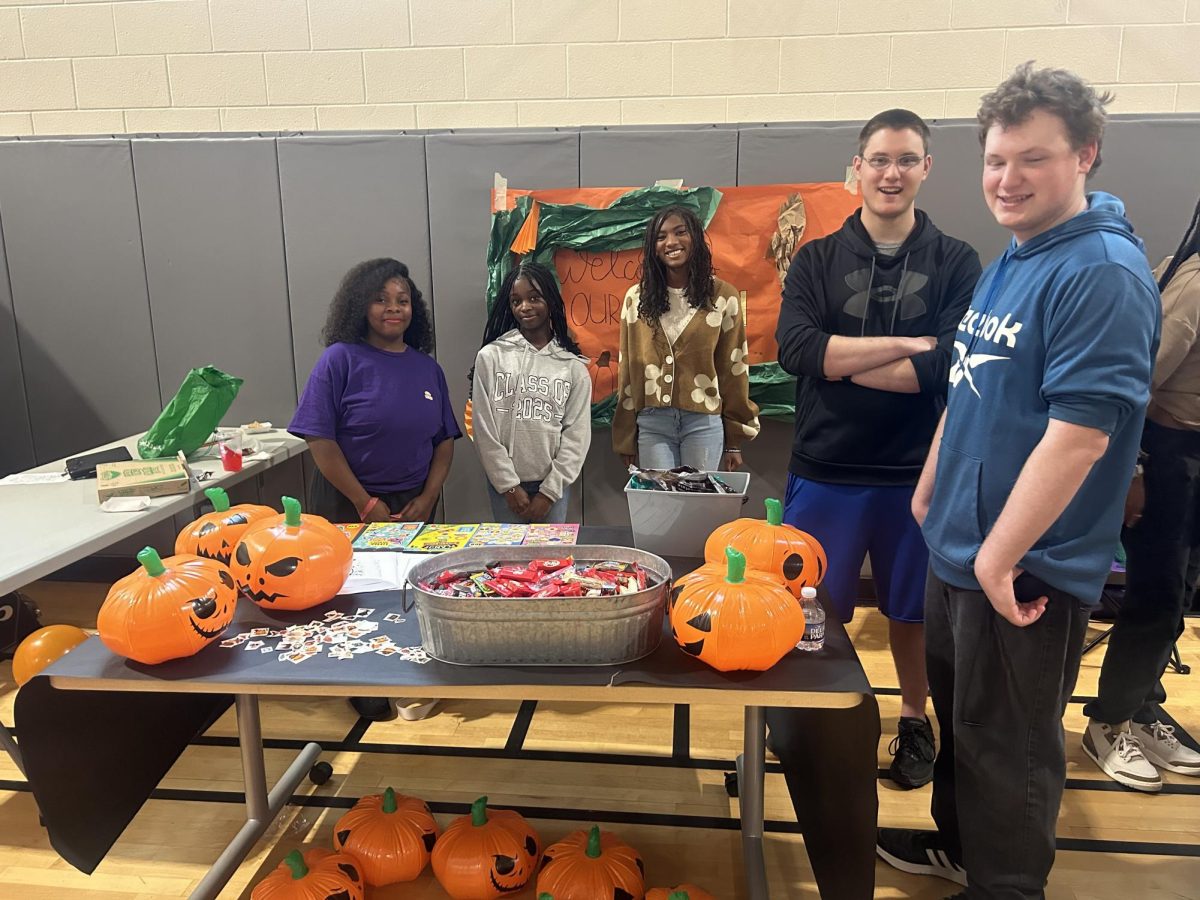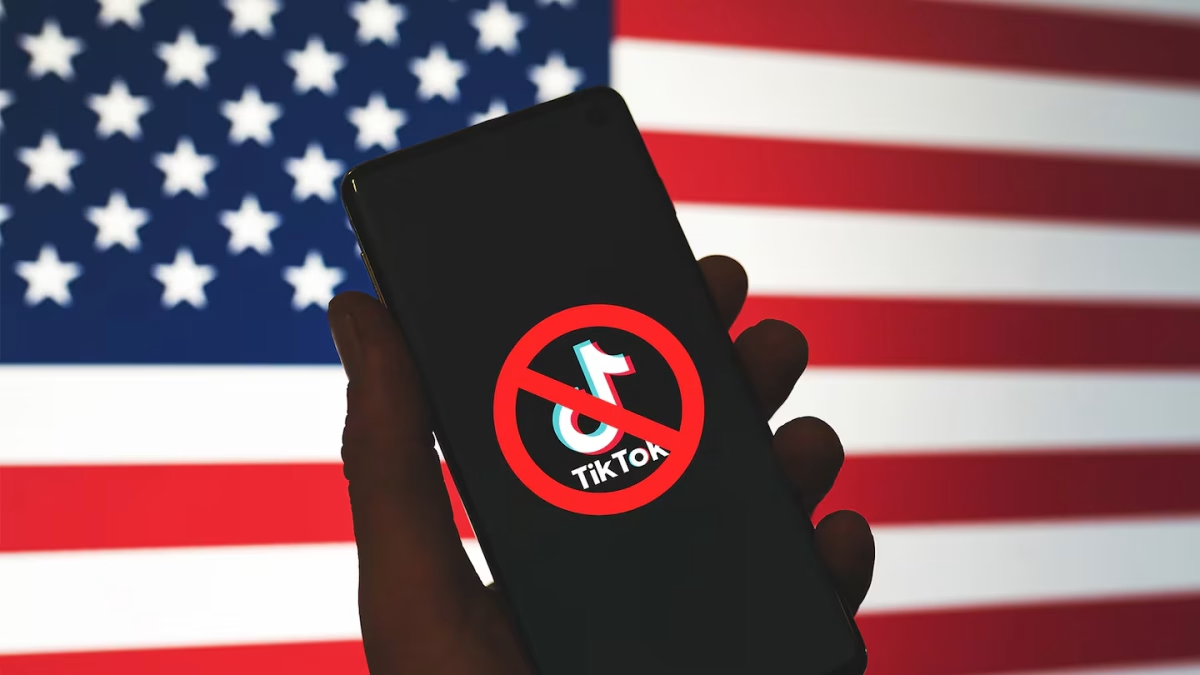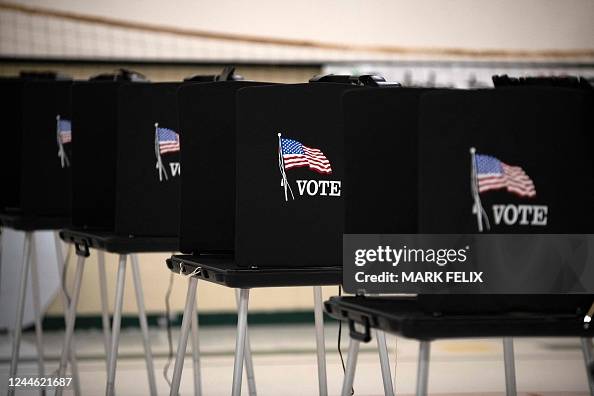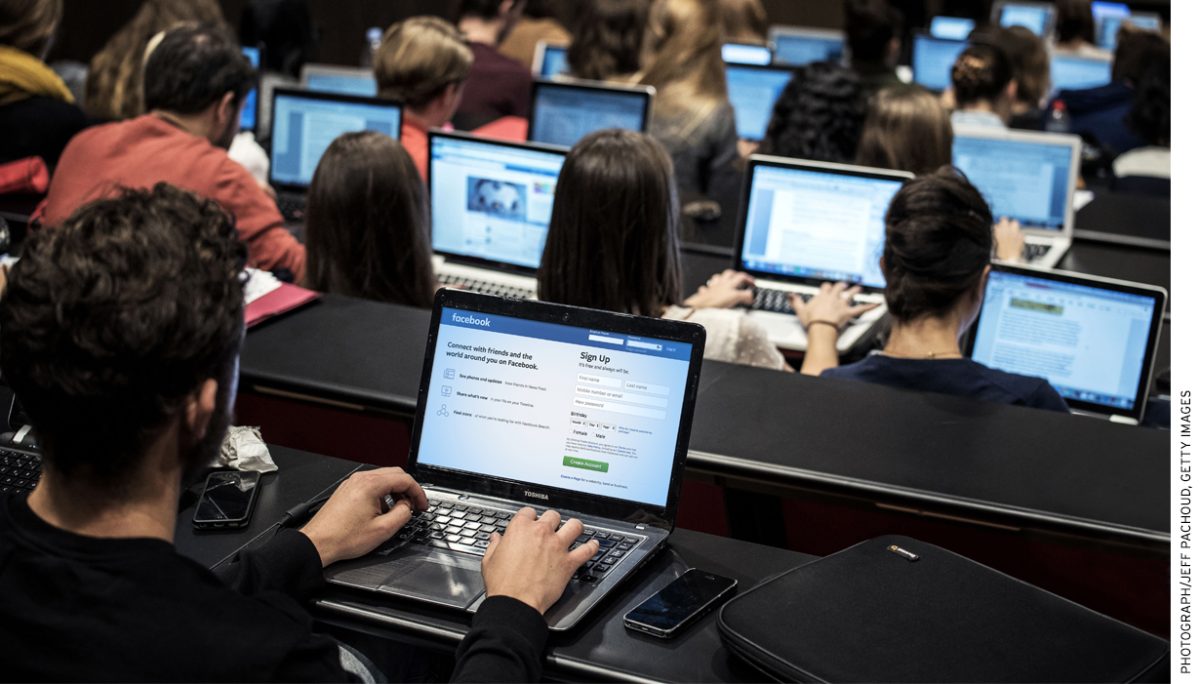Scrolling through Instagram and TikTok may feel like second nature, but for many teens, the time spent online is shaping more than just their For You page. With endless videos, trends, and updates at their fingertips, students are finding both connection and pressure every time they log in.
According to a 2025 Pew Research Center survey, nearly half of U.S. teens say social media has a mostly negative effect on people their age, up from 32% in 2022. Researchers at UC San Francisco also report that as preteens increase their time on social media, depressive symptoms tend to rise over time.
At Westwood High School, psychology teacher Jillian White sees the impact every day.
“Social media shows up in my students’ lives constantly through anxiety, comparison, or the pressure to keep up,” White said. “It’s not just an online issue anymore;
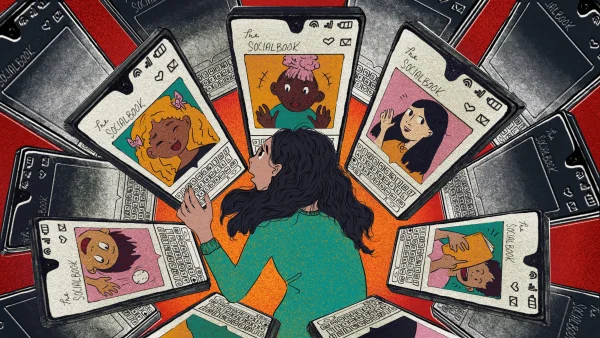
it follows them into the classroom.”
The Pressure to Perform
One of the biggest challenges teens identify is pressure not just to consume content but to produce it. Whether it’s staying up to date with the latest trends or posting at the “right” time to maximize engagement, social media often makes teens feel like they’re on stage.
Research backs this up. Studies published in 2025 highlight that social comparison and Fear of Missing Out (FOMO) are among the strongest predictors of negative mental health outcomes. Teens who scroll passively or pay close attention to likes and comments are most at risk for anxiety and fatigue (Frontiers in Psychology, Nature Human Behaviour).
A Student’s Perspective
For Otis, a senior at Westwood High, social media is both a creative outlet and a source of stress. He spends about eight hours a day online, mainly on Instagram and TikTok.
“I go on social media for everything: connecting with friends, entertainment, keeping up with the world, and creating content,” Otis said.
However, that creativity doesn’t come without cost. “Because I post outfits, I sometimes feel forced to make my videos shorter and more simplified than I’d like, just to keep people watching,” he explained.
However, Otis says social media often helps him stay connected and gives him confidence when his posts receive positive feedback.
The Bigger Picture
Otis’s experience reflects a common theme among students across the country. Studies continue to show that while social media offers opportunities for connection and expression, it also carries risks linked to mental health challenges.
With new research emerging in 2025, educators, parents, and policymakers are focusing on how social media is used rather than how much time is spent online. As evidence grows, the conversation around teens and technology is shifting toward identifying healthier habits and strategies to manage the pressures of a digital world.



